enforex_pages_landing_block_66a7d4ac-d06b-4af6-92f8-f13a73b54f2b
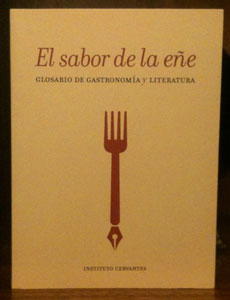 'Ñ' is maybe the most significant letter in Spanish. The Cervantes Institute has published a delicious book with this letter which is a glossary of food and literature.
'Ñ' is maybe the most significant letter in Spanish. The Cervantes Institute has published a delicious book with this letter which is a glossary of food and literature.
“The taste of ñ” contains 59 literary delicacies of Spanish and Latin American authors, accompanied by recipes beginning with appetizing entrees like alboronías, pies, beans, soups, tequeños, tortos, stuffed peppers, totopostes ... and, of course, potato omelette and main dishes like arepas, chili sauce, ceviche, enchilada, rice and beans, parakeet, roast leg of lamb, or beef cooked in Madrid.
Spanish literature has "a fascinating taste, sensual and rich in nuances and aromas. Also the Spanish culture is so widespread and diverse that it has an important role in literature. Words and tastes are accepted universal and it is an excellent way to share the culture with the latter generations.
The work begins with an excerpt from "The General in His Labyrinth" by Gabriel García Márquez in which he mentiones about alboronía, a typical dish from Colombia which is made with fry eggplant, tomatoes, squash and peppers.
It is advisable to continue with the latter and spend a few Nobel prize recipes like corned tacacho by Mario Vargas Llosa, a typical dish of the Peruvian jungle including roasted or fried green plantain, triturated with lard and served as a ball or sausage with fried beef jerky. The writer mentions about this dish in the novel "Pantoja and the Special".
Other flavours and authors featured in "The taste of ENE" are, Antonio Skarmeta with Chilean pebre in "Neruda's Postman", Cesar Aira with the Argentine steak in "Ghosts", Fernando Iwasaki with the ceviche peruno in his "immense Strait II ".
Also the glossary includes the texts of Angeles Mastretta who writes about the chiles in walnut sauce in "Tear This Heart Out", Elena Poniatowska writes about the enchiladas in "Tinisima", Edmundo Paz Soldan with the Bolivian chola sandwich in his work "Palace burned" or Laura Restrepo shows the Colombian donut in "Delirio," and continues with many more authors like Almudena Grandes and Juan Pedro Castaneda.
"The taste of ñ" will be distributed by the network of Cervantes Institute centers, and even though you don’t cook or give it a try to one of these recipes, you can at least feed your soul by reading this book.

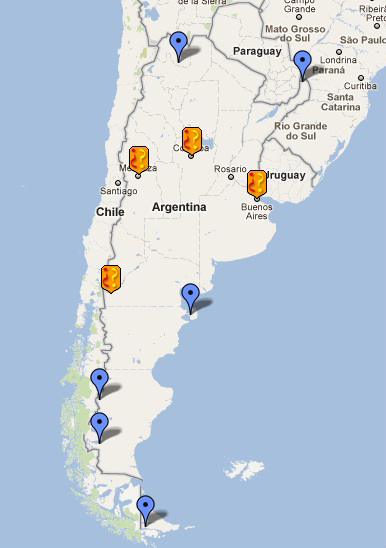 Although Argentina's official language is Spanish, Argentine Spanish is different from the
Although Argentina's official language is Spanish, Argentine Spanish is different from the 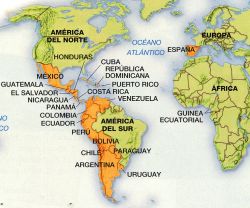
 On 15th of January the winners of Golden Globe Awards were announced. The 69th Golden Globe Awards, honoring the best in film and television, were held at the Beverly Hilton Hotel in Beverly Hills, California. English actor and comedian Ricky Gervais hosted the show for the third time and the ceremony went on full of his controversial jokes. The audience gets used to see familiar faces at such ceremonies; Meryl Streep was elegant as always, Johnny Depp and George Clooney were the core attention of women as well as the beautiful Angelina Jolie and Salma Hayek.
On 15th of January the winners of Golden Globe Awards were announced. The 69th Golden Globe Awards, honoring the best in film and television, were held at the Beverly Hilton Hotel in Beverly Hills, California. English actor and comedian Ricky Gervais hosted the show for the third time and the ceremony went on full of his controversial jokes. The audience gets used to see familiar faces at such ceremonies; Meryl Streep was elegant as always, Johnny Depp and George Clooney were the core attention of women as well as the beautiful Angelina Jolie and Salma Hayek. Hollywood stars.
Hollywood stars.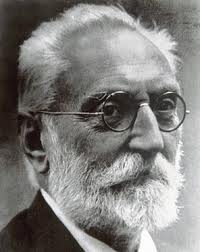 The city of Salamanca, Spain is preparing to honor the famous
The city of Salamanca, Spain is preparing to honor the famous 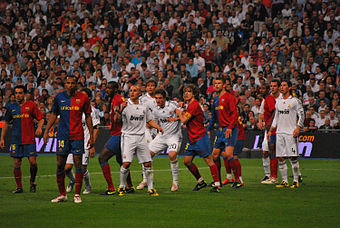 Having been brought up in a football mad household that, if my Dad had his own way, would be a shrine to Arsenal FC, I thought I was fairly football-literate, well at least for a girl. However, coming to
Having been brought up in a football mad household that, if my Dad had his own way, would be a shrine to Arsenal FC, I thought I was fairly football-literate, well at least for a girl. However, coming to 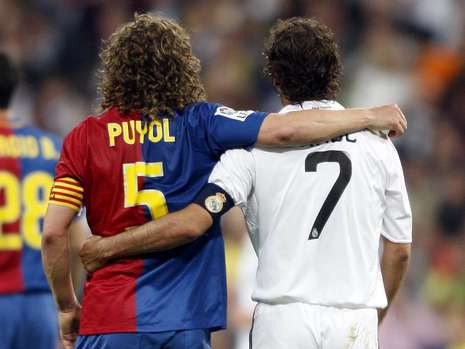 Over El Clasico’s history, there has been a fairly constant stream of players that have been brave enough to cross the treacherous internal transfer path between the two archenemies. Lucien Muller made the bold move in 1965, as too did Bernd Schuster who after 8 years at Barca, moved to Real Madrid in 1988. Michael Laudrup followed in his footsteps in the 90s; Ronaldo did the reverse and moved to Madrid in 2002.
Over El Clasico’s history, there has been a fairly constant stream of players that have been brave enough to cross the treacherous internal transfer path between the two archenemies. Lucien Muller made the bold move in 1965, as too did Bernd Schuster who after 8 years at Barca, moved to Real Madrid in 1988. Michael Laudrup followed in his footsteps in the 90s; Ronaldo did the reverse and moved to Madrid in 2002.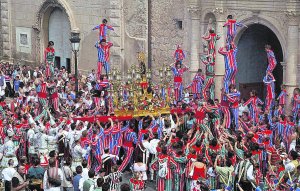 On November 2011 a 24 member intergovernmental UNESCO meeting decided to add 12 new elements to their list of the world’s most amazing examples of
On November 2011 a 24 member intergovernmental UNESCO meeting decided to add 12 new elements to their list of the world’s most amazing examples of 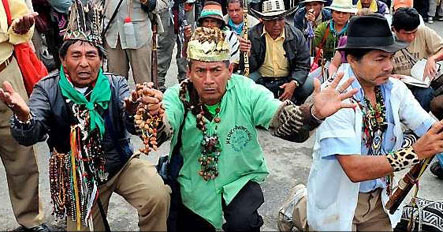 Jaguar Shamans of Yuruparí (Vaupés, Colombia)
Jaguar Shamans of Yuruparí (Vaupés, Colombia) When most people think of the greatest Spanish contributions to the world, perhaps the most immediate things to spring to mind are
When most people think of the greatest Spanish contributions to the world, perhaps the most immediate things to spring to mind are
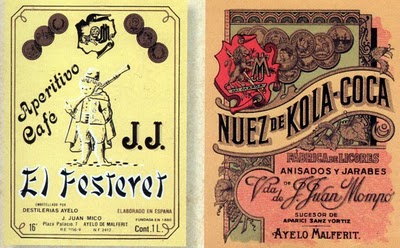 10. Coca-Cola- the citizens of Ayelo de Malferit, near Valencia, claim that the famous drink actually originates from them. Juan Mica claims that his family were the first to invent the drink, called Nuez de Kola Coca’, which he then took to the US and sold the recipe. However this claim is still shrouded in dispute.
10. Coca-Cola- the citizens of Ayelo de Malferit, near Valencia, claim that the famous drink actually originates from them. Juan Mica claims that his family were the first to invent the drink, called Nuez de Kola Coca’, which he then took to the US and sold the recipe. However this claim is still shrouded in dispute.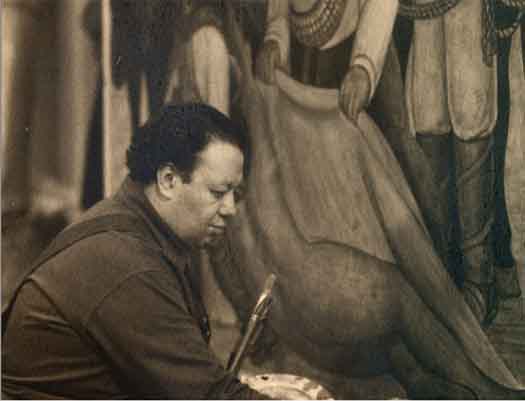
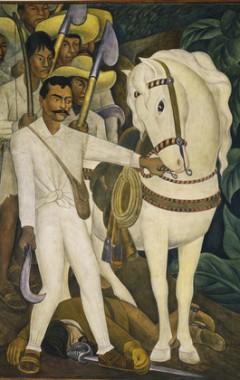 Diego Rivera originally painted the eight incredible murals for MoMA for an exhibition in December 1931. Rivera came to MoMA, with his wife
Diego Rivera originally painted the eight incredible murals for MoMA for an exhibition in December 1931. Rivera came to MoMA, with his wife